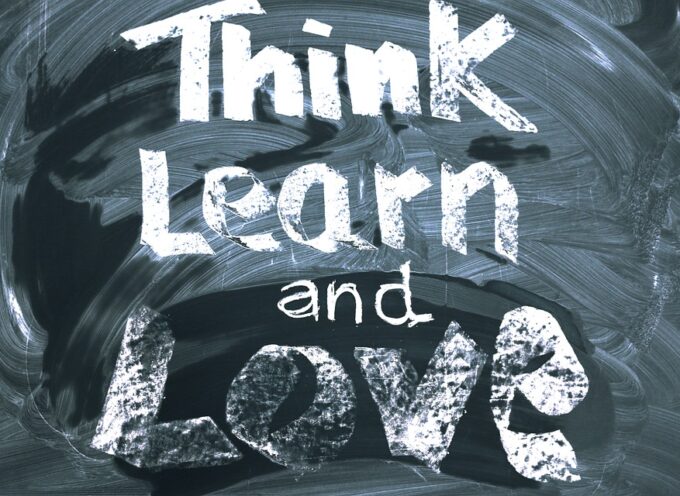In the third installment of our series on “How to Watch a Movie”, we explored the nine elements in (nearly) every movie; in the current installment, we’ll illustrate those nine elements by delving into the storyline of two popular movies–Braveheart and Tommy Boy.
Why these two movies? For two reasons. First, they are familiar. In my experience teaching class sessions on cinema, those are two of the movies that most people, young or old, have seen. Second, the two movies are very different from one another. While we expect movies like Braveheart to have a serious theme, perhaps we do not expect movies like Tommy Boy to convey any sort of message or philosophy of life. But we would be wrong to think that goofball comedies have no message. Every movie conveys a message and cultivates an experience in tandem with the message.
In order to keep this post at a reasonable length, it does not explore each of the nine elements for the two movies. Instead, it provides a very brief analysis of several components of each film.
Braveheart
In Braveheart, the hero is William Wallace. In his goal to liberate Scotland, he is opposed by England in general and Longshanks in particular. Wallace’s character flaw is his naivete, as evidenced by the episode when he trusted the untrustworthy noble Robert de Bruce. Wallace’s apparent defeat occurred during the Battle of Falkirk, when the nobles did not ride in to help Wallace and his army. His final confrontation with England occurred when he was tortured on the rack. During his torture, he realized (self-revelation) that his death was for a worthy cause. Braveheart’s resolution is that Scotland was indeed liberated. In the final analysis, therefore, Braveheart’s primary message (them) is that the world needs heroes who are willing to make great sacrifices in order to achieve great good for humanity.” In an interview, screenwriter Randall Wallace said that the story was a reflection of the gospel. And to an extent, it is.
A critique of this movie would include the following recognitions:
- The basic storyline does follow the storyline of the gospel, and can open up a conversation with others that easily leads to the gospel.
- The hero, William Wallace, is a good man who is nonetheless flawed. He is a good example in some respects, such as his courage and sacrificial dedication to a good cause, and yet is a bad example in other respects.
- The movie is rated “R” for brutal medieval warfare, and for that reason would not be good for younger viewers. I have been told that the cinema edition of Braveheart also has a brief semi-nude sex scene.
Tommy Boy
In Tommy Boy, the hero is Tommy Boy Callahan. In Tommy Boy’s goal to rescue his father’s auto parts business, he is opposed by several adversaries, including Dan Ackroyd (Zalinski’s auto parts), Bo Derek (step-mom), and Rob Lowe (his step-mom’s “son”). Tommy Boy is a likeable hero; he is genuinely friendly, funny, and possesses character flaws of the endearing sort. (He is a goofy, irresponsible college grad who has very little tact, refinement, or business savvy.) Conversely, the adversaries are nearly impossible to like because the screenwriter provides numerous unsubtle clues to their badness. The viewer is introduced to Rob Lowe, for example, in a scene in which Lowe is clothed in black, wears a foreboding expression on his face, and throws trash into an occupied baby carriage.
Tommy Boy experiences an apparent defeat when the adversaries sabotage the computers at the Callahan business, so that Callahan’s products are shipped to the wrong cities. The final confrontation occurs when Tommy Boy walks into the Callahan board meeting with road flares strapped to his gargantuan torso, and delivers a speech to the board and the media. Tommy Boy’s self-revelation is that he can still “be himself” and rescue the Callahan business, as long as he corrects some of his character flaws. In the movie’s resolution, the Callahan business succeeds. The theme of the movie, I think, is that one can be an ordinary person and succeed even in the face of great difficulty and evil, if one believes in oneself and corrects some character flaws.
A critique of this movie would acknowledge that:
- The hero of the movie is a good-hearted and loving fellow who rightly corrects some of his character flaws and proves that the good guys can win without becoming bad guys; thus, the basic message of the movie is fairly good.
- As with any goofball comedy, plot and character development are superficial.
- Several minor features of the movie are theologically or morally objectionable.
Subscribe
Never miss a post! Have all new posts delivered straight to your inbox.







